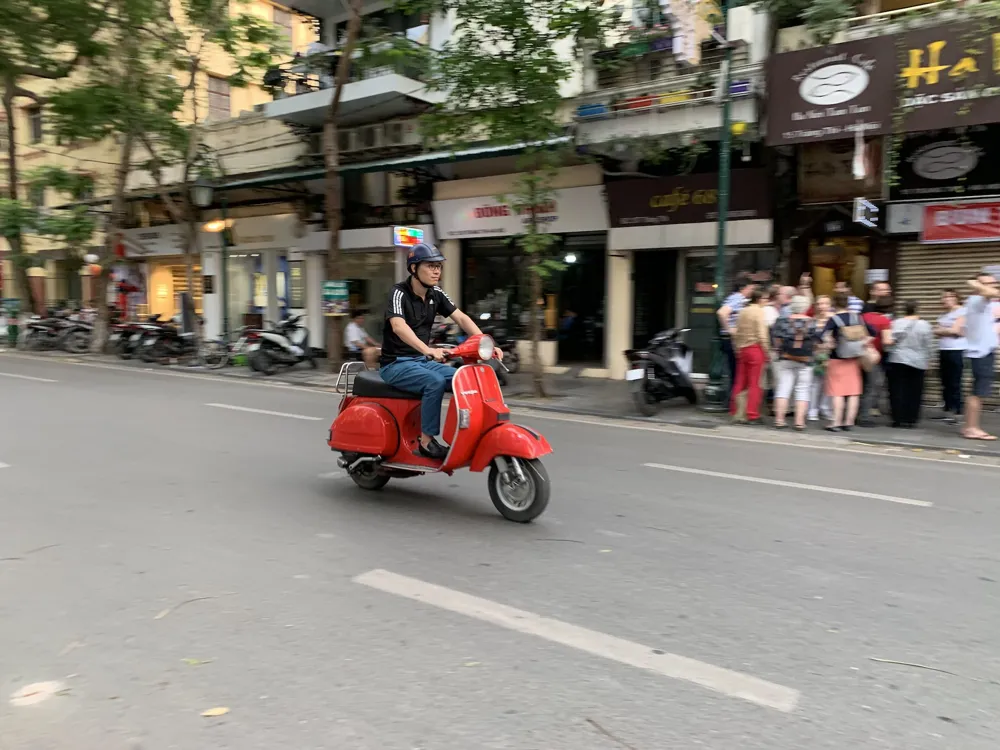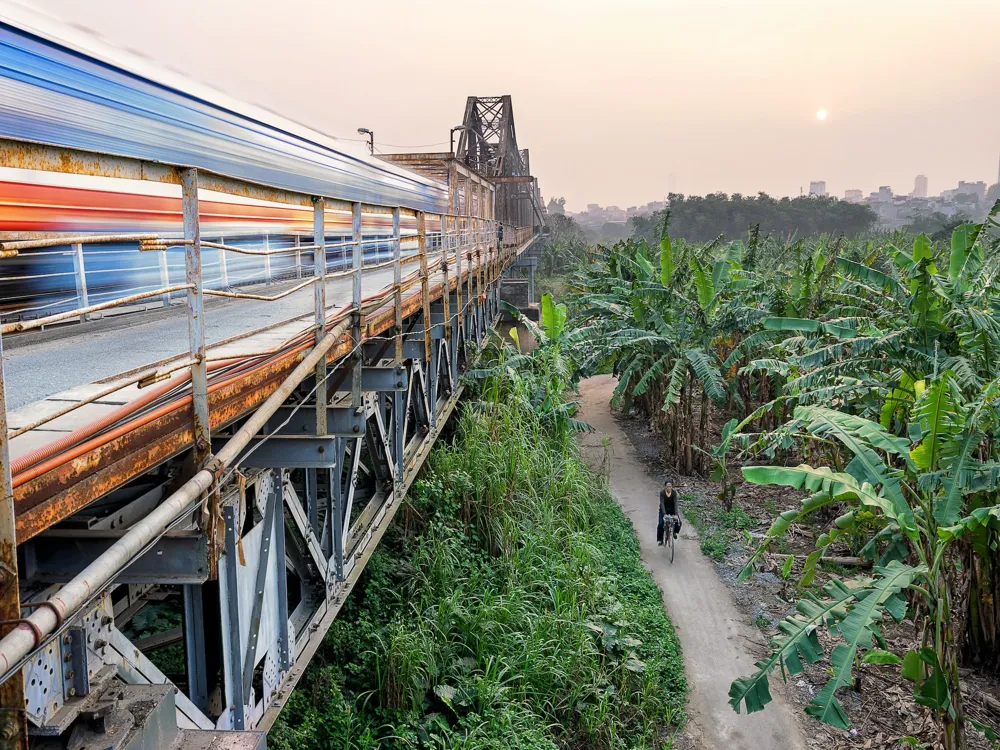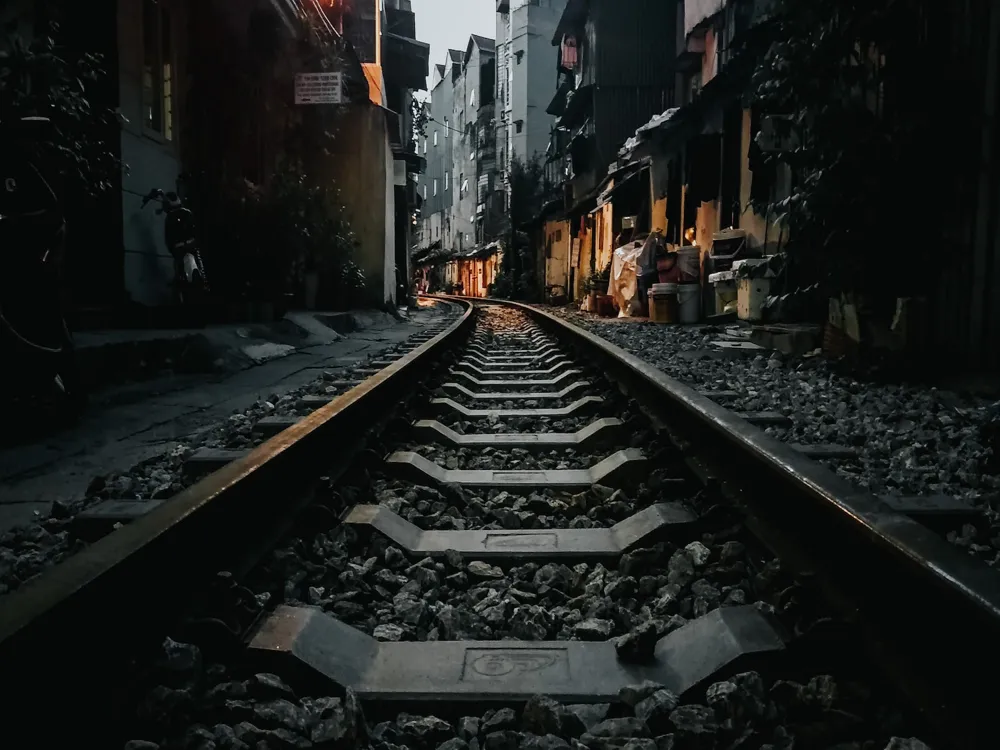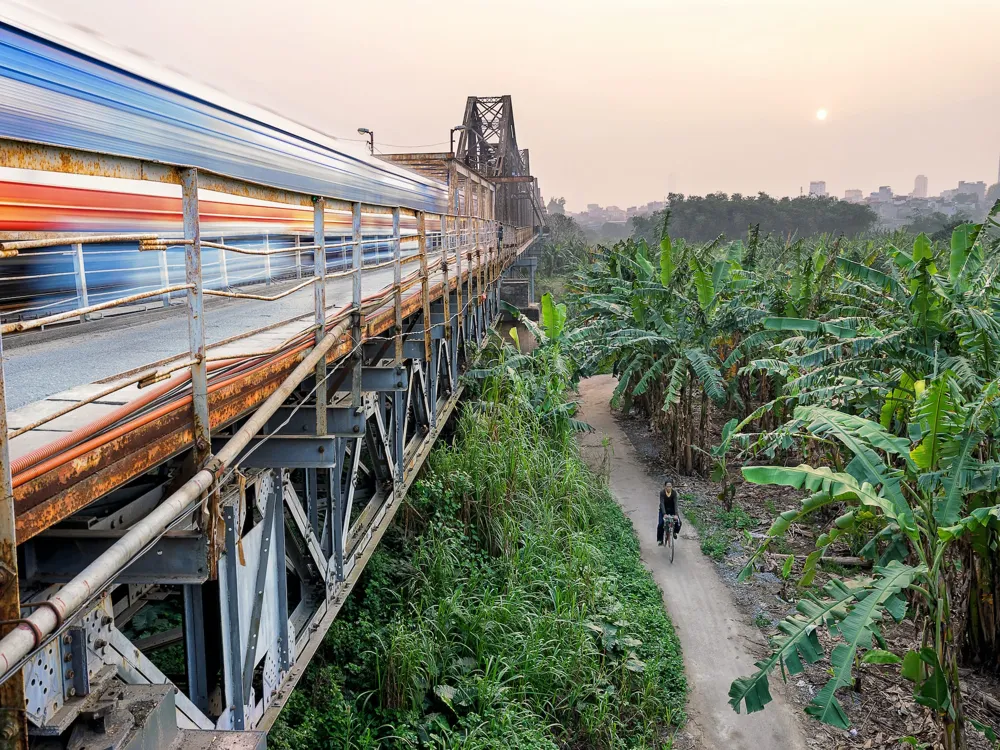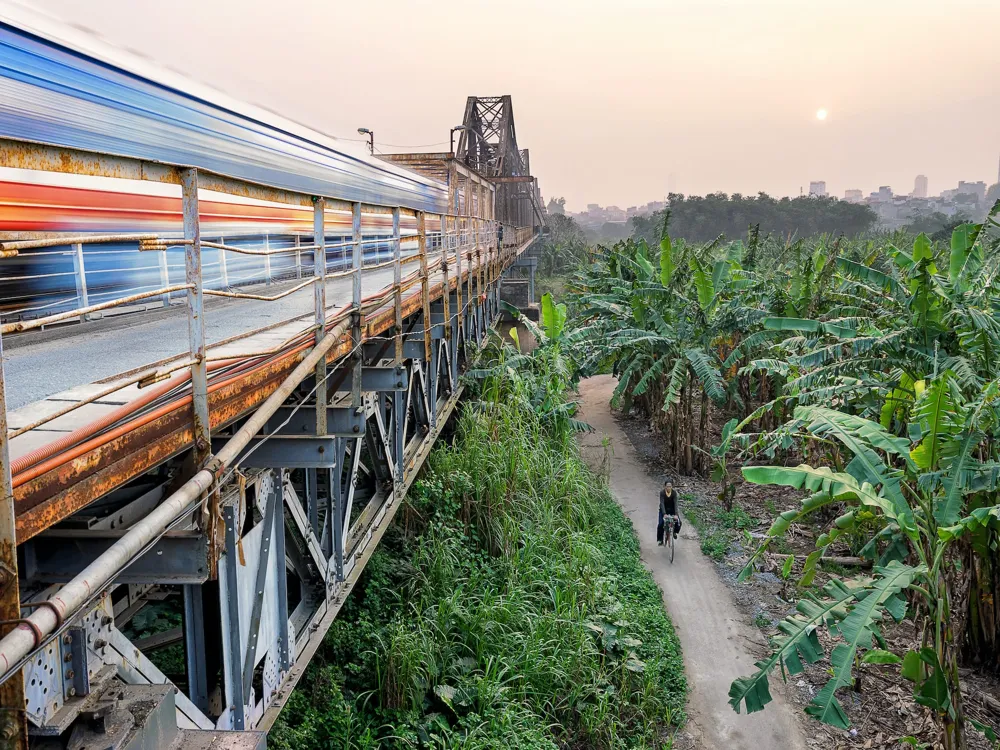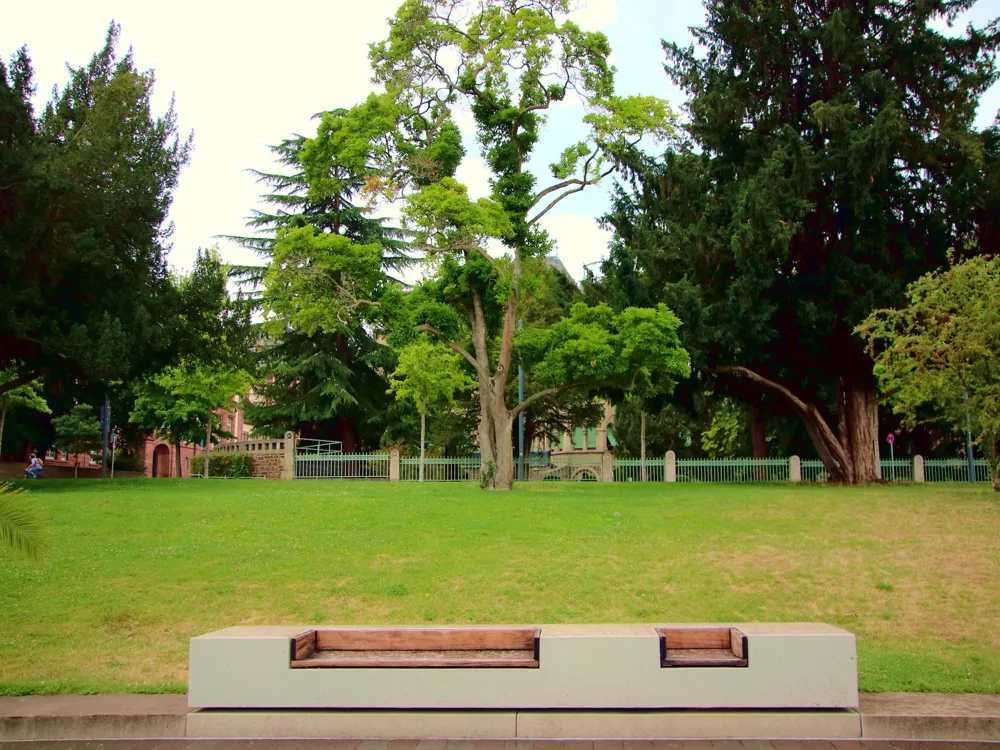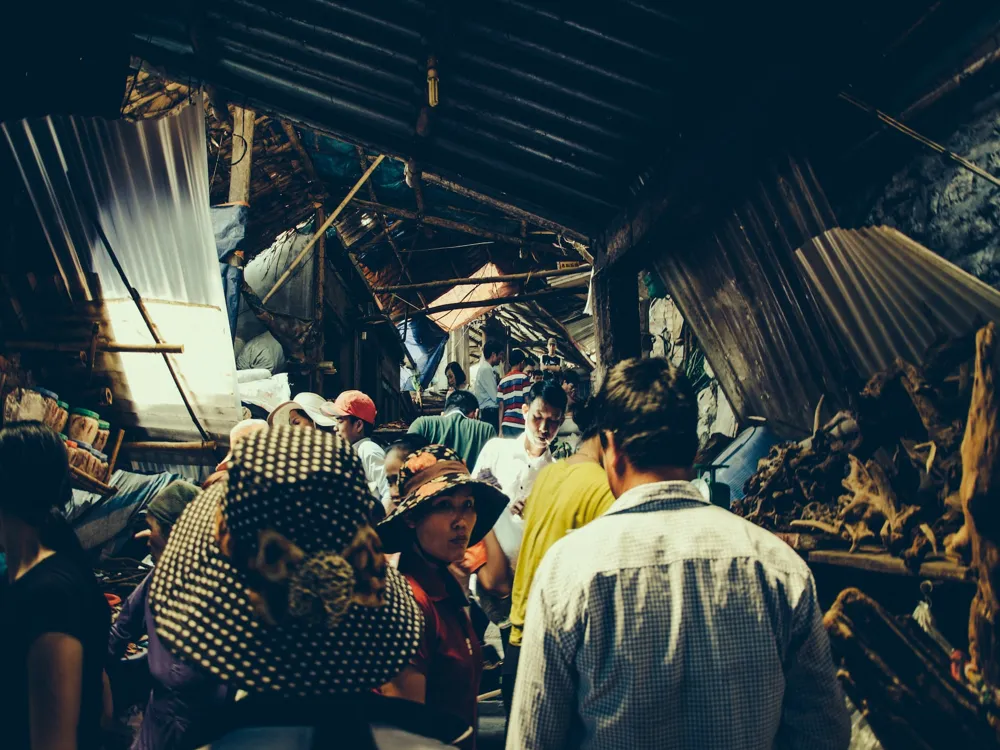Hanoi, the capital city of Vietnam, is a mesmerizing blend of Eastern and Western cultures, largely influenced by Southeast Asian, Chinese, and French traditions. This charming city is known for its centuries-old architecture, vibrant street markets, and a rich history that dates back over a thousand years. Situated on the banks of the Red River, Hanoi is not just the political center of the country but also a cultural and historical jewel. The city's heart is its Old Quarter, where narrow streets are lined with French colonial buildings, Buddhist temples, and pagodas. The blend of old-world charm and modern development makes Hanoi a unique and fascinating destination for travelers from around the world. The history of Hanoi is a compelling tapestry of invasion, resistance, and revolution. The city's name has changed several times throughout history, reflecting the various cultural and political influences. Founded in 1010 AD by Emperor Ly Thai To, Hanoi originally bore the name 'Thang Long' or 'Ascending Dragon'. It served as the political center of Vietnam for eight centuries. In the 19th century, the city was renamed Hanoi and underwent significant transformations during the French occupation, which is evident in its architecture. Following Vietnam's independence in 1954, Hanoi was declared the capital of North Vietnam, and after the end of the Vietnam War in 1976, it became the capital of a reunified Vietnam. Hanoi is located in the northern region of Vietnam, approximately 90 km (56 miles) inland from the coast. The city sprawls across the Red River Delta and is characterized by tropical monsoon climate. Hanoi experiences a hot and humid climate with a substantial amount of rainfall. The city has a distinct winter and summer season, with the winter months being considerably cooler and drier. The geographical position and climate have significantly influenced Hanoi's culture and lifestyle, including its food, festivals, and daily routines. Hanoi is not only the political center of Vietnam but also a cultural hub. It's home to a population of over 8 million people, representing a blend of ethnicities, religions, and cultures. This diverse mix is reflected in the city's rich cultural heritage, including its traditions, festivals, cuisine, and arts. The city is famous for its traditional music, theater, and crafts, as well as its vibrant street food culture. Hanoi's bustling street markets, quiet temples, and lively night scene offer a glimpse into both its past and its present. Hanoi's architecture is a fascinating blend of traditional Vietnamese design and French colonial influences. Over the centuries, the city has evolved, but it has managed to retain a distinctive character that sets it apart from other cities in Asia. The streets of Hanoi are lined with a mix of ancient temples, French colonial buildings, and modern skyscrapers, each telling a different story of the city's long and complex history. Traditional Vietnamese architecture in Hanoi is often characterized by its harmony with nature, emphasizing the use of natural materials and incorporating elements such as courtyards and water features. The most iconic examples are the city's numerous pagodas and temples, which are not just religious sites but also important cultural landmarks. The One Pillar Pagoda and the Temple of Literature are prime examples of traditional Vietnamese architecture, reflecting the deep spiritual and philosophical foundations of Vietnamese culture. The French colonial period left a significant architectural imprint on Hanoi. From the late 19th century until the mid-20th century, the French colonizers built many structures in the Beaux-Arts style. This is best seen in the wide boulevards and French-style villas and public buildings that dot the city. The Hanoi Opera House and the State Bank of Vietnam building are notable examples of this style. This blend of European and Asian architectural elements has given Hanoi its unique and charming character. In recent decades, Hanoi has embraced modern architectural trends, with an increasing number of skyscrapers and contemporary structures changing the city's skyline. These modern buildings reflect Vietnam's rapid economic growth and the city's aspiration to become an international metropolis. However, this development is balanced with a respect for traditional aesthetics, ensuring that the city retains its unique character amid modernization. The best time to visit Hanoi is during the spring (February to April) and autumn (September to November) months. During these periods, the weather is pleasant with moderate temperatures and lower humidity levels. This makes it ideal for exploring the city and participating in outdoor activities. Understanding local customs and etiquette is crucial for a respectful and enriching experience. In Hanoi, it's important to dress modestly, especially when visiting religious sites. Showing respect to elders and avoiding public displays of affection is also recommended to align with local cultural norms. Navigating Hanoi can be a challenge for first-time visitors. The city's traffic is notorious, with a constant buzz of motorbikes and cars. For short distances, walking or cycling can be a pleasant way to explore. For longer distances, taxis, ride-hailing apps, and public buses are readily available and affordable options. Hanoi is a food lover's paradise. The city is famous for its street food, with dishes like Pho, Bun Cha, and Banh Mi offering a taste of authentic Vietnamese cuisine. It's advisable to eat at busy stalls with a high turnover of customers to ensure freshness. Trying local coffee, particularly the unique egg coffee, is a must-do in Hanoi. Reaching Hanoi is relatively straightforward, with several options available to suit different preferences and budgets. The Noi Bai International Airport, located about 30 km from the city center, is the primary gateway for international travelers. It's well-connected with major cities across Asia, Europe, and North America. For regional travel, trains and buses are efficient and offer a scenic journey to the city. Within Vietnam, domestic flights, trains, and buses connect Hanoi with other major cities and tourist destinations.Overview of Hanoi
History of Hanoi
Geography and Climate of Hanoi
Population and Culture
Architecture of Hanoi
Traditional Vietnamese Architecture
French Colonial Architecture
Modern and Contemporary Architecture
Tips When Visiting Hanoi
Best Time to Visit
Local Etiquette and Customs
Transportation in Hanoi
Food and Cuisine
How To Reach Hanoi
Thang Long Ca Tru Theatre
Hanoi
₹ 15,260 onwards
View hanoi Packages
Weather :
Tags : Shows & Theatres
Time Required : 45 minutes - 1 hour
Planning a Trip? Ask Your Question
Hanoi Travel Packages
View All Packages For Hanoi
Top Hotel Collections for Hanoi

Private Pool

Luxury Hotels

5-Star Hotels

Pet Friendly
Top Hotels Near Hanoi
Other Top Ranking Places In Hanoi
View All Places To Visit In hanoi
View hanoi Packages
Weather :
Tags : Shows & Theatres
Time Required : 45 minutes - 1 hour
Planning a Trip? Ask Your Question
Hanoi Travel Packages
View All Packages For Hanoi
Top Hotel Collections for Hanoi

Private Pool

Luxury Hotels

5-Star Hotels

Pet Friendly







